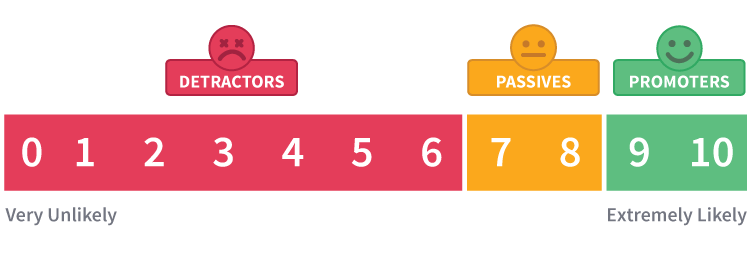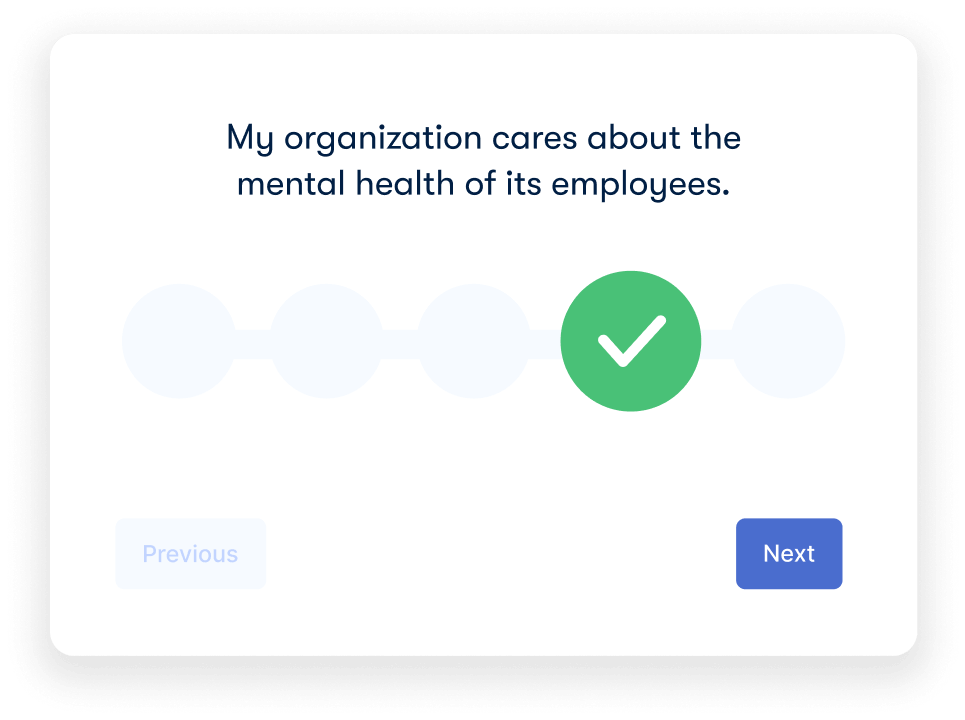How does your company take the pulse of employee well-being, satisfaction, and engagement?
Some organizations opt for periodic feedback sessions while others utilize tools like surveys to assess these essential metrics.
But measuring employee satisfaction and engagement is not as simple as tracking sales or profit margins; they are too intimately linked with emotion and personal experience to be easily quantifiable.
Despite the challenges of tracking employee engagement and satisfaction, these invaluable metrics allow business leaders to gauge employees' motivation, productivity, and overall experience at work.
Finding the right employee engagement KPI can be tricky, so we'll share nine of the core metrics we use to measure employee engagement and satisfaction.
Exclusive online summit
·
May 23 2024
Moments that matter: how to seed great work
What's in this article
Importance of employee engagement KPIs
Key performance indicators (KPIs) allow you to identify objectives, set clear goals, and hit your targets.
Yet, measuring employee engagement can't be done with one KPI alone. To get the full picture of your team's workplace experience, you'll need to use multiple employee engagement metrics.
Why should you spend your valuable time gathering data on employee engagement and satisfaction? According to Gallup’s 2021 State of the Global Workplace report, only 20% of employees feel engaged in their work.
That means 80% of workers feel disconnected from their daily tasks which can lead to:
- Low employee productivity
- High absenteeism
- Increased turnover rates
- Decreased performance
If you want to solve a problem, you first need to identify it. Measuring employee engagement levels is a good place to start. Once you have an idea of how your employees feel about subjects like feedback, career opportunities, and benefits, you can chart a better course for the future of your company.
The top 9 employee engagement and satisfaction KPIs
A sure-fire way to create a motivated and passionate workforce is by evaluating your current situation using employee engagement metrics. These metrics will help you get an overview employee experience and lead you to the root causes of low engagement.
1. Employee net promoter score (eNPS)
The employee net promoter score (eNPS) is a simple way to identify how many engaged employees are in your organization. Net promoter scores began as a way to measure customer loyalty, but business leaders have adapted them into a KPI to calculate employee engagement.
All you need to do is to ask one key question (on a scale of 1 to 10): "How likely are you to recommend our company as a place to work?"
Based on the answers, you'll categorize your employees as:
- Detractors (score of 0-6)
- Neutral (score of 7-8)
- Promoters (score of 9-10)
Calculating your eNPS is a great way to measure ambassadorship in your organization. Your promoters are enthusiastic ambassadors for your company, helping you attract talent and hold onto them. Neutral employees likely won't say anything bad or good about the company, but they are the first in line to become the next promoters if you address their feedback.

2. Employee satisfaction index (ESI)
The employee satisfaction index (ESI) measures how satisfied your employees are with their job. Employee satisfaction is different from employee engagement; it focuses on employee fulfillment and happiness rather than commitment and work output.
To get your ESI score, you need to ask the following questions:
- On a scale of 1 to 10, how satisfied are you with your job?
- On a scale of 1 to 10, how well does your job meet your expectations?
- On a scale of 1 to 10, how close is your workplace to your ideal job?
The equation to calculate your ESI is as follows:
ESI = (((question mean value/3) - 1)/9) x 100
The result is a number between 1 and 100, and a higher score means higher employee satisfaction.
3. Turnover rate
Using turnover rate as a KPI can help you measure employee happiness, satisfaction, and engagement. Low employee engagement can lead to high employee turnover rates, and the current job market makes it even more challenging to hold onto talent. Joblist's 2021 Job Market Report found that 73% of workers are actively thinking of leaving their current job.
You can calculate employee turnover with the following formula:
Employee turnover rate = (total number of employees that quit ÷ total number of employees at the beginning of the period) x 100
It's possible to narrow this metric down to specific departments or teams to gauge employee engagement and satisfaction across different sectors of the organization.
4. Online company ratings
Checking online reviews for your company on sites like Glassdoor can give you insights into how satisfied previous employees were at your workplace.
Most of these sites rate your organization between 1 to 5 stars which gives you quantifiable data you can use in discussions with leadership about improving employee engagement.
5. Employee survey results
Employee satisfaction surveys allow managers to gain perspective on employee happiness and well-being. Ideally, leaders should use the data from employee surveys to implement meaningful changes based on employee feedback.

You can use surveys to gather data on engagement and satisfaction, but the type of survey depends on your objectives. Pulse Surveys are the best way to gauge real-time employee engagement; they're quick and frequent enough that you can track changes as soon as they happen.
6. Absenteeism
Measuring employee absenteeism will help you gain insight into how motivated and productive your employees are. An engaged employee won't miss work often because they're committed to their job, and satisfied employees will show up more because they're happy at work.
Employee wellness is also closely tied to absenteeism. If your employees are overworked, lacking vacation days, or aren't allowed any flexibility, they're more likely to skip work to get a break. Progressive employers focus on employee wellness by providing adequate benefits, offering flexible hours, and letting people work from home when they need to.
You can use the following formula to get your absenteeism rate:
Absenteeism rate = (total number of days absent per employee ÷ total number of days worked) x 100
Absenteeism signifies engagement, satisfaction, and employee wellbeing. If your absence rate is low, it's likely because you have an actively engaged workforce with high job satisfaction.
7. Internal promotion rate
In a report by The Society for Human Resource Management, only 29% of employees said they were satisfied with their career advancement opportunities. Personal growth is essential to most people, and if they can't develop their career in their current job, they're likely to start searching for a new one.
If you want to find the leading indicator of how well your company is doing with its advancement opportunities, you can look at your organization's promotion rate.
Promotion rate = (total number of promoted employees ÷ total number of employees) x 100
Measuring internal promotions shows how willing your organization is to grow your employees, which is something your team members are definitely paying attention to. Improving growth opportunities can lead to better employee engagement and a higher employee retention rate.
8. Successful hires
A good way to judge employee engagement and satisfaction is to measure how successful your company is at holding on to new hires after their probationary period.
If you find that new employees leave after a few months, your human resource management team might need to evaluate your company culture, hiring process, and other onboarding procedures.

9. Feedback
Officevibe survey data reveals that 96% of employees felt that they benefitted from receiving regular feedback from their managers and other employees. Many organizations suffer from a lack of feedback or not knowing how to give it effectively.
You can use feedback as a KPI by setting goals for how often you give feedback to your employees or how often you recognize them for their work and accomplishments. Some workplaces encourage daily recognition, ensuring that their employees feel valued.
Another way to use feedback to measure employee engagement is to link it with your employee's goals, giving you insight into their performance. Making feedback a meaningful function in the workplace can empower your employees.
Studies show that companies who provide regular feedback experience 14.9% lower turnover rates.
Use employee engagement KPIs to improve employee experience
If you use employee engagement KPIs to make meaningful improvements, your employees will be more satisfied with their jobs. Happy employees lead to a motivated workforce that's more likely to stick around and go the extra mile to achieve business goals.
The Officevibe Pulse Survey tool measures engagement and satisfaction with 10 key employee engagement metrics that give actionable insights into your employees' experience.
Officevibe can help you build an effective engagement strategy. Our tools allow you to get frequent, honest feedback from your employees so that you always know where you stand with your team. Whether something is working well or leaves room for improvement you'll see it illustrated in an easy-to-read, shareable report.



